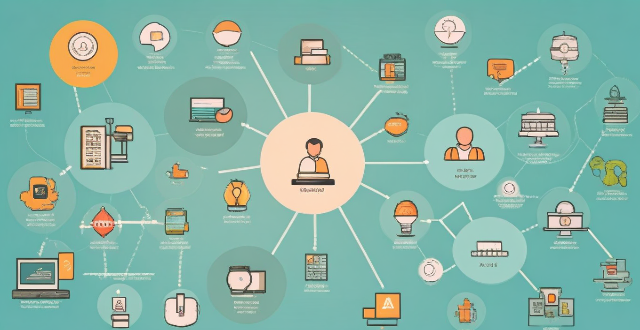Social engineering refers to the psychological manipulation of individuals or groups into divulging confidential information. This tactic is often employed by cybercriminals to gain access to sensitive data, systems, or networks without being detected. In the context of cybersecurity, social engineering is a significant threat that exploits human behavior rather than technical vulnerabilities. There are several types of social engineering attacks, including phishing attacks, pretexting, baiting, quid pro quo attacks, tailgating or piggybacking, vishing (voice phishing), and smishing (SMS phishing). To protect against social engineering attacks, organizations can implement education and awareness programs, policies and procedures, technology tools, and an incident response plan. By understanding the various types of social engineering attacks and implementing appropriate countermeasures, organizations can significantly reduce their risk of falling victim to these deceptive tactics.

What is Social Engineering in the Context of Cybersecurity?
Social engineering refers to the psychological manipulation of individuals or groups into divulging confidential information. This tactic is often employed by cybercriminals to gain access to sensitive data, systems, or networks without being detected. In the context of cybersecurity, social engineering is a significant threat that exploits human behavior rather than technical vulnerabilities.
Types of Social Engineering Attacks
Phishing Attacks
- Spear Phishing: Targeted attacks against specific individuals or companies.
- Whaling Phishing: Attacks aimed at high-profile targets like executives or celebrities.
- Clone Phishing: Attacks that mimic a legitimate email thread.
Pretexting
- Attackers create a fake scenario to trick the victim into revealing sensitive information.
Baiting
- Leaving infected USB drives or other media in public places to entice users to plug them into their computers.
Quid Pro Quo Attacks
- Offering a service or benefit in exchange for valuable information.
Tailgating or Piggybacking
- Following an authorized person into a restricted area without permission.
Vishing (Voice Phishing)
- Using phone calls to obtain sensitive information from victims.
Smishing (SMS Phishing)
- Sending text messages to induce victims to disclose personal information.
How to Protect Against Social Engineering Attacks
Education and Awareness
- Train employees about different types of social engineering attacks.
- Conduct regular security awareness training sessions.
Policies and Procedures
- Implement strong policies regarding information handling and sharing.
- Enforce multi-factor authentication and strong password policies.
Technology Tools
- Use email filters and spam blockers to catch phishing attempts.
- Deploy anti-malware software and keep it updated.
Incident Response Plan
- Have a plan in place to respond to social engineering incidents.
- Conduct regular drills to test the effectiveness of the plan.
In conclusion, social engineering is a potent tool used by attackers to manipulate individuals into revealing sensitive information. By understanding the various types of social engineering attacks and implementing appropriate countermeasures, organizations can significantly reduce their risk of falling victim to these deceptive tactics.